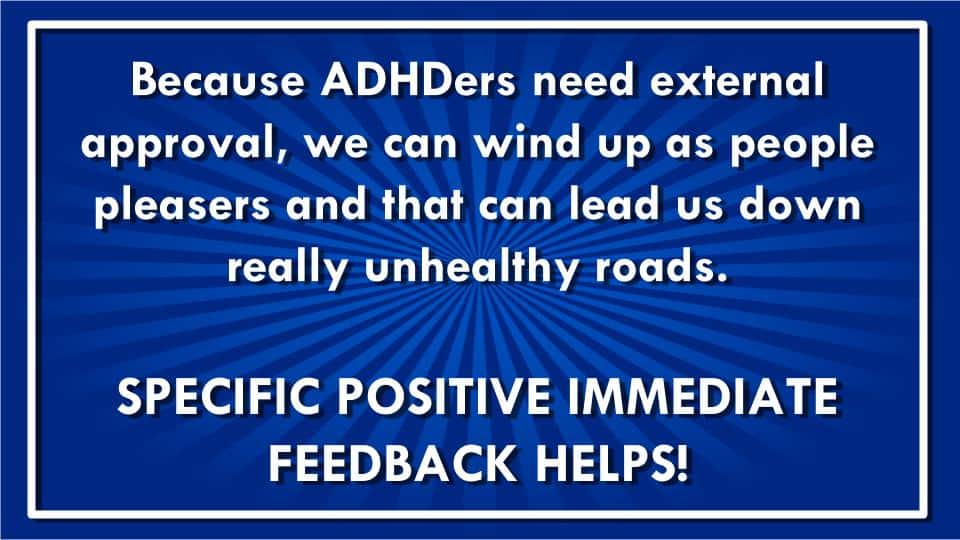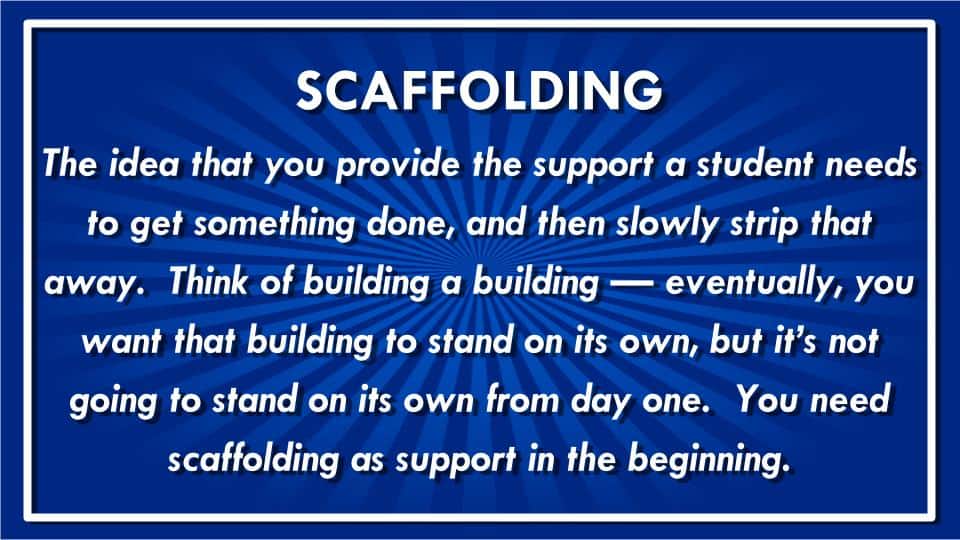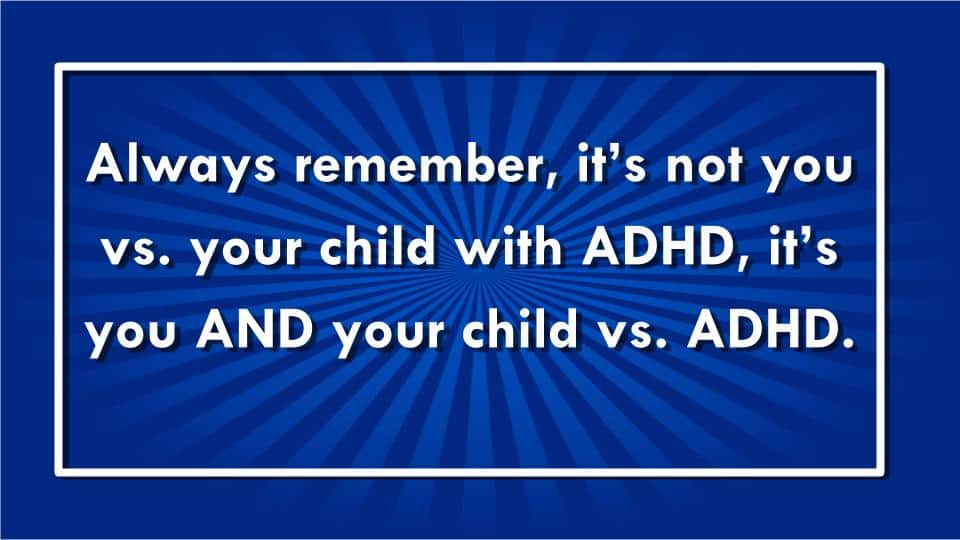
Strategies for Students Who Struggle with
Executive Function Challenges
—
All-Access Pass: Jessica McCabe's Implementation Resource
You can also check this page out on Jessica's site here.
Thank you so much for attending TEFOS 2020 and for coming by to check out this resource document. The following is a guide to some of the bullet points of the talk given at the summit along with some extra videos, so you can dig in deeper when you’re ready!
What you should know:
- Recognize that if a kid is struggling, it’s not because it’s not important to them, it’s not because they don’t care, it’s not because they’re not trying. Labels matter, so be careful with them.
- If they’re struggling, look at the system, not the student. Because if they’re struggling, it’s probably because the system isn’t working for them.
- Recognize that it may be harder to focus at home than at school because there’s less scaffolding built-in.
Labels & why they matter:
Labels hurt. Even if you're the perfect parent, and you never say any of these labels to your child, sadly, they're still going to hear them. Kids with ADHD hear negative feedback significantly more than kids without ADHD.
So what can you do?
- Learn as much as you can about Executive Functions. This way, you can help translate those negative labels for your kids. Educate them about their brains and give them the proper language to use so they have some protection to keep these labels from impacting their self-esteem. There's a big difference between, "I'm dumb" and "I struggle with working memory."
- Provide specific positive immediate feedback. Specific: "Hey, I noticed you're really struggling with this and you're still working at it. I'm really proud of you!" vs "Good job!"

- Teach your child to self validate. If they learn how to reassure themselves when things don't go according to plan, then they will rely less on external approval.
- Believe them when they tell you that they're trying... even if you can't always see it.
Check out the video resources and Ted Talk below for even more understanding about what your child might be experiencing.
Positive feedback makes a big difference!
The thing we're all afraid of sometimes... Am I a failure?
A pocket full of quarters!
A look at what it's really like to have ADHD
How to Look at the System, Rather Than the Student
How can you create scaffolding — and what is scaffolding anyway?

You can start to create scaffolding by building an environment that supports your child.
Here are some ideas to get you started:
- Do they use the same computer for schoolwork and gaming? Try switching out the mousepad or the mouse. This provides a visual cue that it's time to switch games.
- Do they struggle to stay focused and finish their homework? Try setting up the dining room table divided into different sections by subject. For example, on one side of the table, you have Science and on the other side of the table, you have Math. If they get bored with Science, then they can switch over to Math and vice versa.
- Be a body double for your kid. Sometimes, they just need someone to sit in the room with them while they do their homework.
- Are they procrastinating on a project? Try helping your kids by starting at the end goal and working backward to help them see the steps involved. If there's a project with a lot of steps, that can be difficult for those with Executive Function challenges as we're not always linear thinkers.
- Watch the video below for more ideas! Better yet, watch it with your child and ask them what stratefies they think might work for them.
The Big Takeaway:
If something isn't happening, rather than blame the person, look at the system. If they're not getting something done, ask questions about that system in a nonjudgemental way so you can help figure out where in that system things aren't working for them. Look for those system bottlenecks and know that a small tweak in the system can make it work! Encourage curiosity and experimentation! Sometimes the things that work for us are a bit out of the box, so don't expect the system that works for your kid to be the system you think should work for them. Let them try it!

And always remember, it's not you vs. your child with ADHD, it's you AND your child vs. ADHD. They're struggling with it too and it's just as frustrating for them as it is for you, if not more. If you team up to tackle it together, then the child doesn't feel like it's them that's wrong, or they they need to be fixed. They realize that it's something that you're both working towards together, and that's really important.
More Ideas & Video Resources for Parents
Video One: Help with ADHD Meltdowns
Video Two: A Fun Project to Do With Your Kids — Create a Glitterfall Bottle!
This Song is for You, Brains!
And last, but certainly not least, for all those kids out there (adults too!) who have struggled, know this — It's hard out there, and it can be painful, but you are not alone. This song is for you!
© 2020 Seth Perler. All rights reserved.